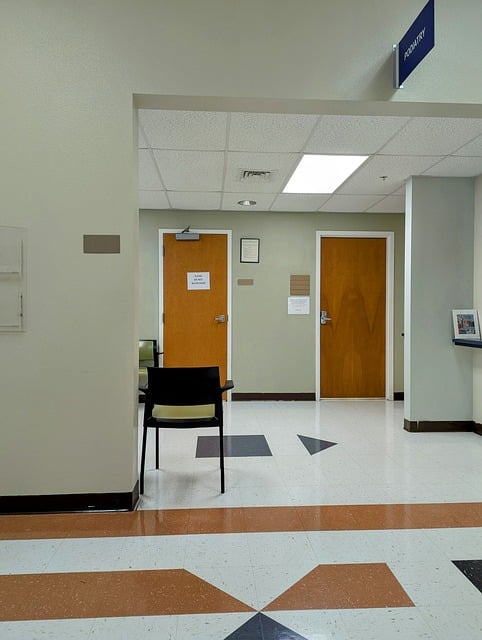Post-dog bite plastic surgery care involves a complex process focused on physical and emotional recovery, including pain management, infection prevention, scarring treatment, and psychological support. Unlike other traumatic events, dog bites present unique challenges requiring tailored long-term strategies to ensure optimal healing and improved quality of life. This includes strict wound care protocols, regular monitoring, proper hygiene, patient education, and minimizing risks through clean surgical sites and check-ups. Immediate medical attention is crucial in case of complications, contrasting legal-centric approaches in other fields.
After a dog bite, dog bite plastic surgery is often necessary to repair damaged tissue and restore appearance. This article delves into the long-term care required post-surgery, crucial for optimal healing. We explore procedures and recovery, highlighting the significance of dedicated long-term care in managing complications and ensuring successful outcomes. Learn essential tips for effective management, fostering a positive recovery journey from dog bite plastic surgery.
- Understanding Dog Bite Plastic Surgery: Procedures and Recovery
- The Role of Long-Term Care in Post-Surgical Healing
- Tips for Effective Management and Prevention of Complications
Understanding Dog Bite Plastic Surgery: Procedures and Recovery

Dog bite plastic surgery is a specialized procedure designed to address the unique challenges posed by injuries inflicted by dog bites. These surgeries range from simple wound care and debridement to complex reconstruction, depending on the severity of the bite. Common procedures involve closing wounds, repairing damaged soft tissue, and reconstructing bones or nerves. The goal is not only to achieve aesthetic correction but also to restore function and prevent long-term complications.
Recovery from dog bite plastic surgery varies based on the extent of the injury and the complexity of the procedure. It typically involves a period of immobilization, regular dressing changes, and physical therapy. Proper wound care and adherence to post-operative instructions are crucial for optimal healing. While most patients experience significant improvement, complete restoration may not be possible in severe cases. In such instances, ongoing medical monitoring and adaptive strategies can help manage long-term effects, ensuring the best quality of life for the patient. Remember, seeking prompt medical attention after a dog bite is essential to mitigate risks and facilitate effective treatment.
The Role of Long-Term Care in Post-Surgical Healing

After dog bite plastic surgery, long-term care plays a crucial role in ensuring optimal healing and recovery. This involves a comprehensive approach to post-surgical management, addressing both physical and emotional aspects. The initial focus is on managing pain and preventing infection through regular monitoring and proper wound care. As the body heals, patients may experience scarring, which requires specialized techniques to minimize visibility and improve skin texture.
Long-term care also extends to psychological support, as the emotional impact of dog bite injuries can be significant. Many victims struggle with anxiety, depression, or post-traumatic stress related to the incident. Consistent counseling and therapy can help individuals process these emotions, fostering a sense of resilience and well-being. This holistic approach is essential for a successful recovery, especially in comparison to other traumatic events like car accident injuries or employment disputes, where long-term care strategies may differ in nature but equally vital for overall healing.
Tips for Effective Management and Prevention of Complications

After dog bite plastic surgery, managing complications becomes crucial for a successful long-term outcome. The first step in prevention is understanding potential risks unique to each patient’s injury and surgical plan. Regular monitoring of wound healing, proper hygiene practices, and adherence to prescribed medications are essential. Additionally, educating patients on signs of infection or adverse reactions can facilitate early intervention.
To further mitigate risks, consider implementing strategies such as keeping the surgical site clean and dry, avoiding strenuous activities that might disrupt the healing process, and scheduling routine check-ups. In cases where complications arise, prompt medical attention is vital. Unlike situations like business litigation or nursing home neglect involving legal proceedings, a dog bite plastic surgery complication requires immediate focus on patient care to prevent further damage.
After undergoing dog bite plastic surgery, proper long-term care is essential for optimal healing. This includes managing potential complications, such as infection or scarring, and ensuring a gradual return to daily activities. By following effective management strategies outlined in this article, individuals can promote successful recovery and minimize the risk of long-term issues associated with dog bite plastic surgery. Remember, timely medical attention and dedicated care are key to achieving positive outcomes.






